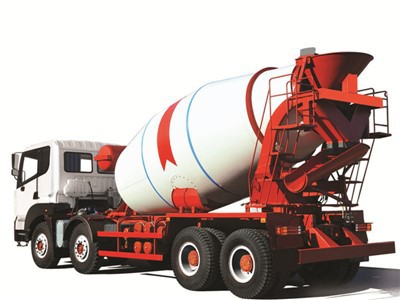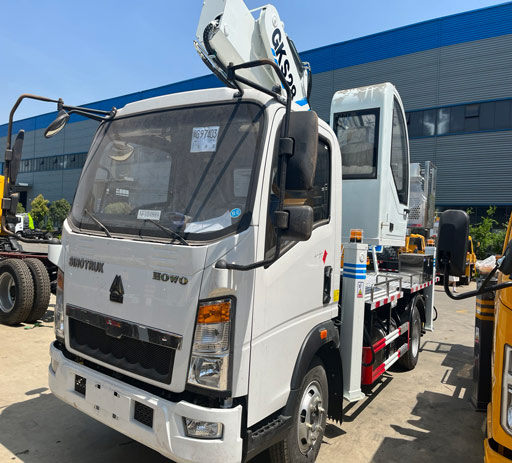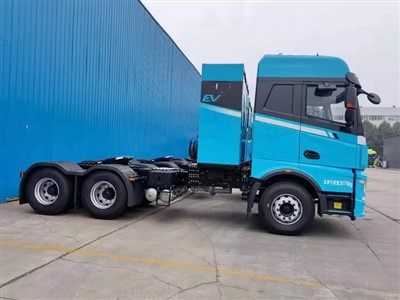Everything You Need to Know About Fire Tender Trucks
Fire tender trucks play a critical role in firefighting and emergency response, ensuring that fire crews have the essential tools and water supply needed to tackle blazes efficiently. This comprehensive article explores fire tender trucks, covering their features, types, and operational uses, along with practical examples and tips for fire departments.
What is a Fire Tender Truck?
A fire tender truck, often referred to as a water tender, is a specialized vehicle designed to transport large quantities of water to fire scenes, particularly in rural areas where hydrants may not be available. These trucks are vital for firefighting operations, providing the necessary support for firefighters during emergencies.
Key Features of Fire Tender Trucks
Water Storage Capacity
The most defining feature of a fire tender truck is its water storage capacity. These trucks can carry anywhere from hundreds to thousands of gallons of water, depending on the model and design. This capability allows firefighters to maintain a continuous water supply during firefighting operations.
Pump and Hose Systems
Fire tender trucks are equipped with powerful pumps that allow them to deliver water to the fire scene at high pressures. They also come with various hose systems, including suction hoses to draw water from natural sources when needed.
High-Visibility Markings and Lights
Safety is paramount during emergency responses. Fire tender trucks are equipped with bright lights and reflective markings to enhance visibility, ensuring that they can be easily seen during both day and night operations.
Equipment Storage Compartments

Many fire tender trucks include storage compartments for firefighting equipment, tools, and medical supplies. This makes it easier for firefighters to access necessary materials quickly, improving response times when every second counts.
Types of Fire Tender Trucks
Static Water Tenders
Static water tenders are designed to carry water with minimal additional equipment. They are mainly used in rural areas without established water infrastructure.
Portable Water Tenders
These tenders can be easily transported to remote locations and often come with advantages like collapsible tanks or inflatable reservoirs that can store large volumes of water temporarily.
Multi-Function Fire Tenders
Multi-function fire tenders are versatile vehicles that can support a range of firefighting operations. They may include additional features such as foam systems, rescue tools, and medical equipment.
The Importance of Fire Tender Trucks in Emergency Services
Fire tender trucks are essential for numerous reasons:
- They provide a reliable water source in areas without fire hydrants.
- They support rapid response in rural or remote locales.
- They enhance the capabilities of fire departments to combat wildfires and large structural fires.
Operational Use of Fire Tender Trucks
Responding to Fires
When a call for a fire incident comes in, fire tender trucks quickly mobilize to transport water and equipment to the site. Their role differs based on the location:
- Urban Areas: They supplement standard fire engines and provide additional water supply.
- Rural Areas: They often serve as the primary water source in the absence of hydrants.
- Wildfires: They can support ground crews by providing water directly from established reservoirs.
Filling Stations for Fire Trucks
Fire tender trucks can also act as mobile filling stations, allowing other firefighting vehicles to refill while they are engaged at the fire scene, maximizing efficiency.

Support in Rescue Operations
Aside from firefighting, fire tender trucks may also play roles in rescue operations, providing water for cooling down hazardous situations or supporting operations like decontamination.
Maintenance and Care for Fire Tender Trucks
Proper maintenance of fire tender trucks is essential to ensure they function optimally when needed. Key areas of focus include:
Regular Inspections
Regular inspections should be conducted to check the integrity of the truck, including the water tank, pump, and hoses. Fire departments should have a checklist to ensure nothing is overlooked.
Water Quality Management
Maintaining high water quality in the tanks is crucial. Fire departments should frequently clean the tanks and conduct water tests to ensure it is safe for firefighting use.
Fire Equipment Maintenance
All associated firefighting equipment should be routinely inspected, repaired, or replaced as necessary. This includes hoses, nozzles, and any auxiliary firefighting systems, such as foam dispensers.
Examples of Fire Tender Trucks Worldwide
US Fire Department Models
Many US fire departments utilize models manufactured by companies like Rosenbauer and Pierce, which offer a combination of innovation and reliability. For example:
| Model | Water Capacity (Gallons) | Pump Output (GPM) | Special Features |
|---|---|---|---|
| Pierce Arrow XT | 3,000 | 1,500 | Customizable compartments |
| Rosenbauer Commander | 2,500 | 1,250 | Integrated foam system |
| Freightliner 114SD | 1,500 | 750 | Off-road capability |
International Models
Fire departments in countries such as Australia and Canada also deploy various models tailored to local conditions. For instance, Australia’s firefighting services often utilize fire tenders equipped for both urban and bushfire situations.
Choosing the Right Fire Tender Truck for Your Department
Assessing Fire Department Needs
Before purchasing a fire tender truck, it’s essential to assess the specific needs of the fire department:
- Water Storage: Determine the required water capacity based on the service area.
- Pumping Requirements: Assess the necessary pump capacity for effective firefighting.
- Terrain Challenges: Consider the type of terrain the truck will navigate; off-road capabilities might be valuable.
Budget Considerations
Establishing a budget is critical for procurement. Fire departments should consider both upfront costs and ongoing maintenance expenses.
Vendor Research
Research vendors and manufacturers, looking for those with reputable customer service and warranty offerings. Reading user reviews and case studies can help in making an informed decision.
FAQ Section
What is the average lifespan of a fire tender truck?
The average lifespan of a fire tender truck typically ranges from 20 to 25 years with proper maintenance, depending on usage and conditions.
How do fire tender trucks refill water tanks?
Fire tender trucks refill their water tanks from a variety of sources, including hydrants, natural water bodies like ponds or lakes, or from other tender trucks at designated filling stations.
Are fire tender trucks suitable for industrial firefighting?
Yes, many fire tender trucks are designed or customizable for industrial environments, allowing them to effectively respond to large-scale industrial fires where water supply is critical.
How can municipalities fund fire tender truck purchases?
Municipalities can fund fire tender truck purchases through local taxes, grants, donations, or through federal and state assistance programs that support emergency services.

What training is required for operating fire tender trucks?
Firefighters operating fire tender trucks should undergo specialized training in vehicle operation, pump operation, and safety protocols to ensure effective handling during emergency situations.
